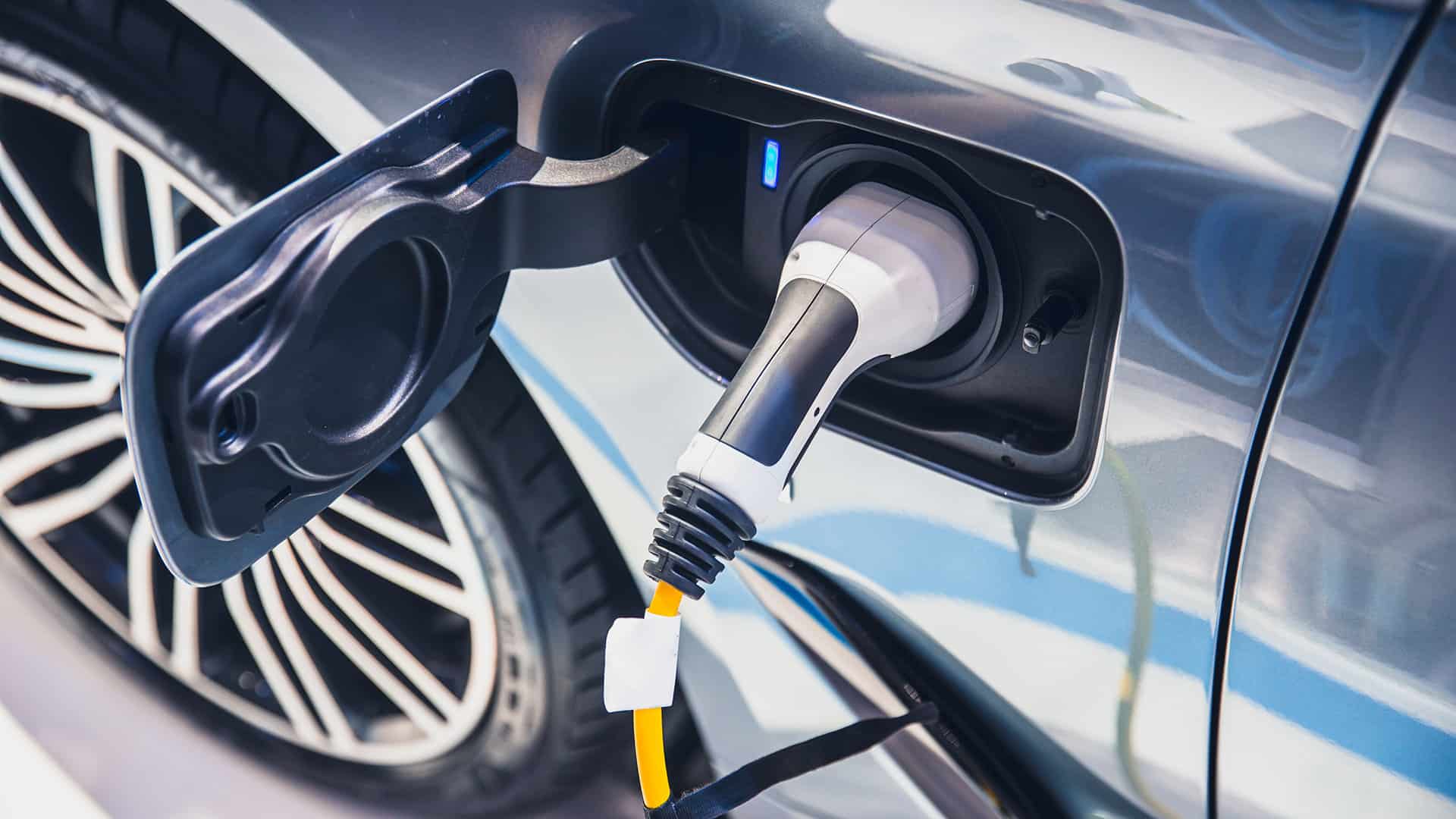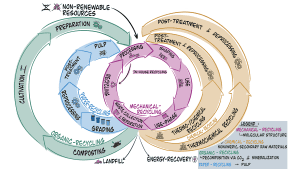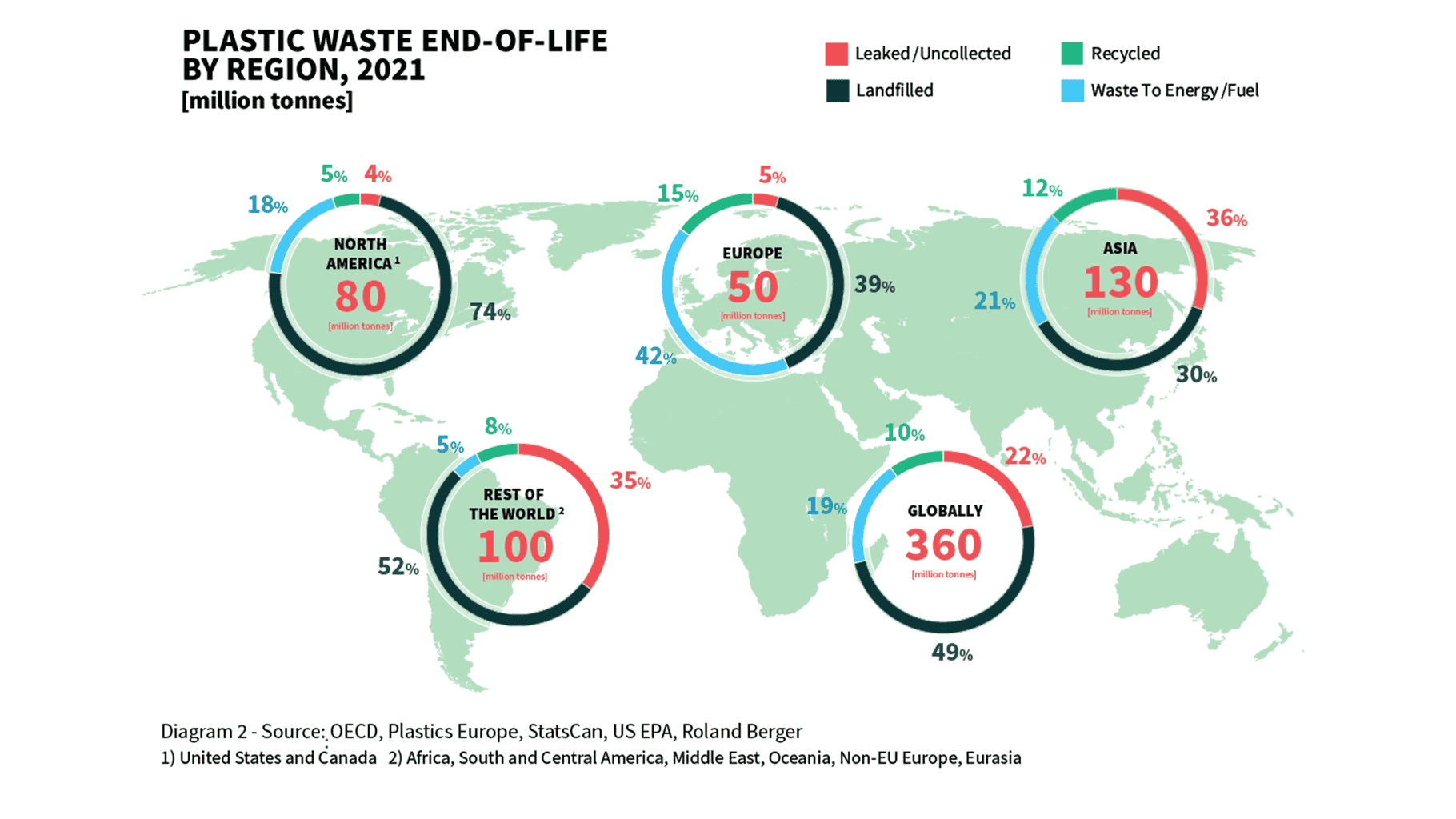Ben Thompson, the managing director of EV and energy at Radius, talks about the business options for a more sustainable future as well as the charging of electric vehicles.
How EV charging is doing in the UK
Charging electric vehicles ( EVs ) has recently become a popular subject. There is no shortage of discussion about EVs in the UK, from government regulations like Ultra Low Emission Zones ( ULEZ ) and concerns about cost advantages to creative ways to expand electric vehicle ( EV ) charging infrastructure.
Governments and businesses are beginning to understand that increasing EV adoption may be the solution to lowering emissions and achieving net zero targets. And now is the time for business leaders to think about EVs as a solution as these towering objectives gain momentum in 2024.
What prevents companies and employees from thoroughly embracing EVs, then? Although EV batteries have advanced significantly, one of the obstacles to their adoption is concerns about running out of charge before drivers arrive at their destinations, also known as range anxiety.
Concerns about the UK charging infrastructure have also been raised by recent news reports that targets to install Electric charge points close to motorways have not been met.
The truth is that EV adoption is accelerating. Businesses that want to achieve their sustainability goals must be aware of their staff’s needs regarding EV charging and the best solutions for their organization.
Business leaders might ponder how they determine which charge points work best for them. How businesses should fuel up was relatively easy with conventionally powered vehicles.  , However, there is a lot more to consider when it comes to EVs. The numerous options that are available each have varying prices, benefits, and drawbacks.
Business leaders must then think about an EV charging strategy, something they have never done before. In actuality, depending on their requirements, each fleet must deploy the aforementioned solutions in varying amounts.
A thorough examination of various EV charging options
Businesses have a wide range of options at their disposal, from on-road charging to off-premises solutions. To make sure they choose the best EV charging strategy for their company, business leaders and fleet managers must comprehend the advantages and disadvantages of the numerous options.
Home charging
Charge points at home stand out because they are probably going to be the most popular location for EV charging. Given the significant cost advantages, this is not surprising. When the energy demand is substantially lower, drivers can benefit from lower energy costs by charging overnight.
Drivers can even wake up to a car that is fully charged. They can therefore drive to their destination without worrying about running out of charge, saving them from having to worry about where they will then charge their car.
Of course, adopting these home charge points may be difficult for homeowners without a designated parking space. There are ways to get around this, though. For instance, the government has put in place planning guidelines and rules to make sure that every new home construction project includes an EV charger, which will make it much simpler for these homeowners to switch to electric vehicles.
Through these home charge points, business leaders might consider how to promote EV adoption. Reimbursing employees for the electricity used to charge EVs on a monthly basis is one solution managers can use to encourage the adoption of electric vehicles.
They can monitor costs to ensure that they do no skyrocket by using software like the Radius Charge portal. Businesses can even save a lot more money using this method than they would with the more expensive on-road chargers.
Workplace fees
Another choice that managers might take into account is charge points at the workplace. Employees may be more likely to adopt EVs if they have another place to charge their cars, especially since businesses may offer lower rates than on-road charge points.
The extra source of potential revenue for the company can even be a significant advantage when business leaders consider this option. Employees can pay to charge while at work, and this money can be used to reinvest in the company to advance EV charging solutions.
In order for businesses to adopt at their own pace, the charge points are frequently quickly flexible. Businesses can add charge points to their workplace charge network over time and implement them in the most efficient way possible.
Managers must be aware that purchasing these workplace charge points carries an initial, potentially expensive upfront cost, particularly when purchasing DC units ( fast charging ).
But, by taking advantage of grants, companies can reduce these expenses. For instance, the Workplace Charging Scheme makes a significant contribution to the infrastructure for workplace charging by offering up to £350 per socket.
EV charging while on the road
Any EV charger on common property could be used for on-road charging. It is helpful for companies that are eager to incorporate EVs into their business fleet but do not have the original budgets to implement workplace charge points on-site. Drivers can charge on the go almost anywhere in the UK thanks to the above 53, 000 charge points there.
The drawback is that these locations frequently charge more per mile. For instance, the cost of charging at on-road locations is about 18p per mile, which is a significant increase from the much more cost-effective 2.5 % charge at home.
Vehicles can be immediately recharged at on-road charge points, and as more money is spent on quick chargers, they will only get faster.
But, charging on the road while employees are at work wastes time, which can be expensive for companies. For instance, a delivery company might want to reduce the number of drivers using these on-road chargers during working hours because doing so can result in significant time losses for the delivery team.
Employees using EVs should hopefully think about on-road charging as one of their options for charging, but not as their main point of contact. Rather, business leaders should encourage their drivers to view on-road chargers as a quick top-up option between base charging locations in order to increase cost efficiency.
What is the remedy?
Depending on the business, the ideal EV charging solution will differ. Given that the options have both advantages and disadvantages, it can be a difficult choice. There is no improper way to charge cars, though. You are now moving in the right direction if you are taking the necessary steps to become more responsible.
Additionally, business leaders should n’t overlook the crucial function that software solutions can play. These combine all of the various charging behaviors into one location. Fleet managers are able to handle payments for the fleet managers while also seeing the true and full cost of charge.
When choosing EV charge points, speaking with experts in the field of electric vehicles and charging can be very helpful. By offering advice on the best software solutions to help manage their EV charge points and providing guidance that supports business-specific requirements, they can ensure the successful adoption of electric vehicles ( EVs ).
In motion
One business that has properly implemented its EV charge strategy is DG Group, the biggest taxi company in the East Midlands. To maximize capacity, it recognized the need for DC fast chargers for its large fleet in order to increase depot charging capacity and shorten entire charging times.
The business collaborated with EV charge specialists Radius, who provided it with quick charge points that were tailored to its specific business requirements to support its switch to electric vehicles. The business could find the ideal solution tailored to its needs and access guidance throughout the journey if it had expert support from start to finish.
What comes future?
EV adoption is currently taking place. To keep up with this increasing demand for EVs, the infrastructure for charging them will just get better.
Businesses should then consider how they will support the use of EVs in their fleets and among their workforce.
Concerns about electric vehicles and the viability of EV charging should never concern business leaders. Preferably, they should take advantage of the financial savings and net-zero targets that these sustainability vehicles can offer.













